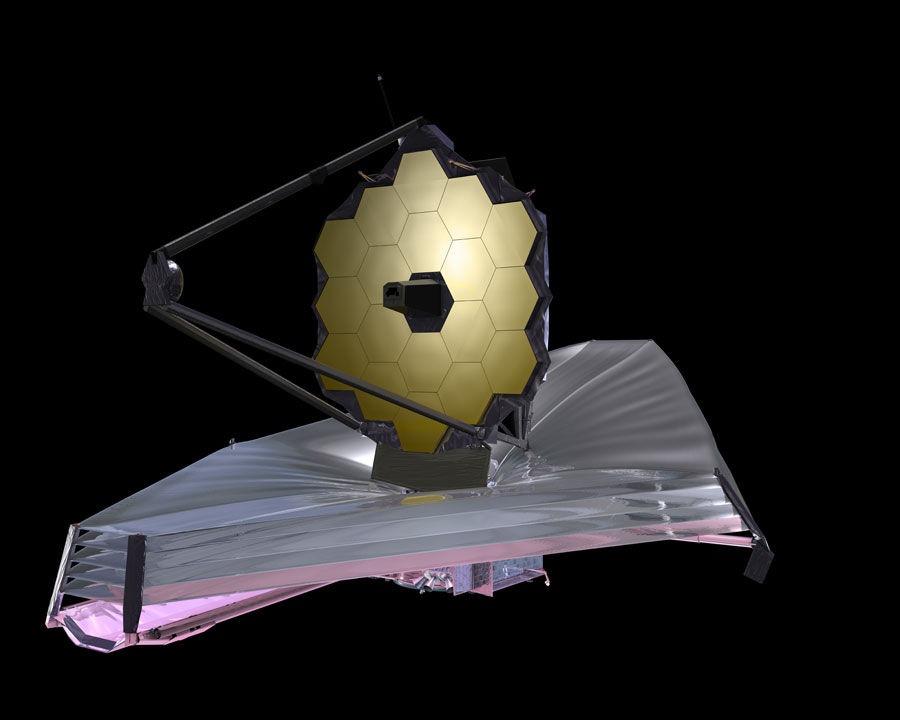Dr. Marshall Perrin, STScI
Active and adaptive optics have revolutionized ground based telescopes in the last few decades, and this revolution is now making the leap into space. The James Webb Space Telescope’s 6.5 m aperture depends critically on our ability to accurately measure and align its mirror segments after launch, a complicated and iterative process that will take several months.
After a brief review of JWST’s optical design and the mission’s current status, Dr. Perrin describe the tools and techniques we will use to achieve this alignment, and how we’re verifying them through a comprehensive ground test program and developing new methods to optimize performance on orbit.
Future space missions such as WFIRST/AFTA and ATLAST will rely on adaptive-optics-style automated control with deformable mirrors to achieve high contrast for studies of nearby exoplanets beyond the reach of even the latest terrestrial AO systems. Making these missions a reality will depend on our ability to continue lifting the successes of adaptive optics from Earth-based telescopes into space.
Dr. Perrin obtained his PhD at UC Berkeley. He was an NSF fellow at UCLA and is currently an Associate Astronomer at STScI in the Instruments Division and Telescope Group. He studies young stars, circumstellar disks, and extrasolar planets using high contrast imaging from both ground and space.

